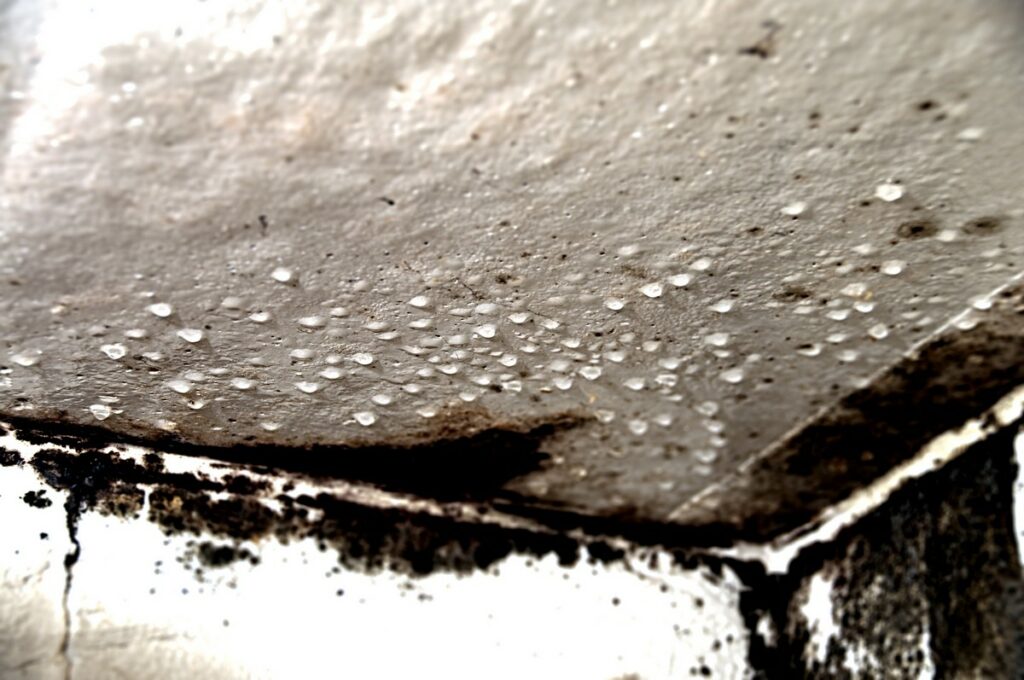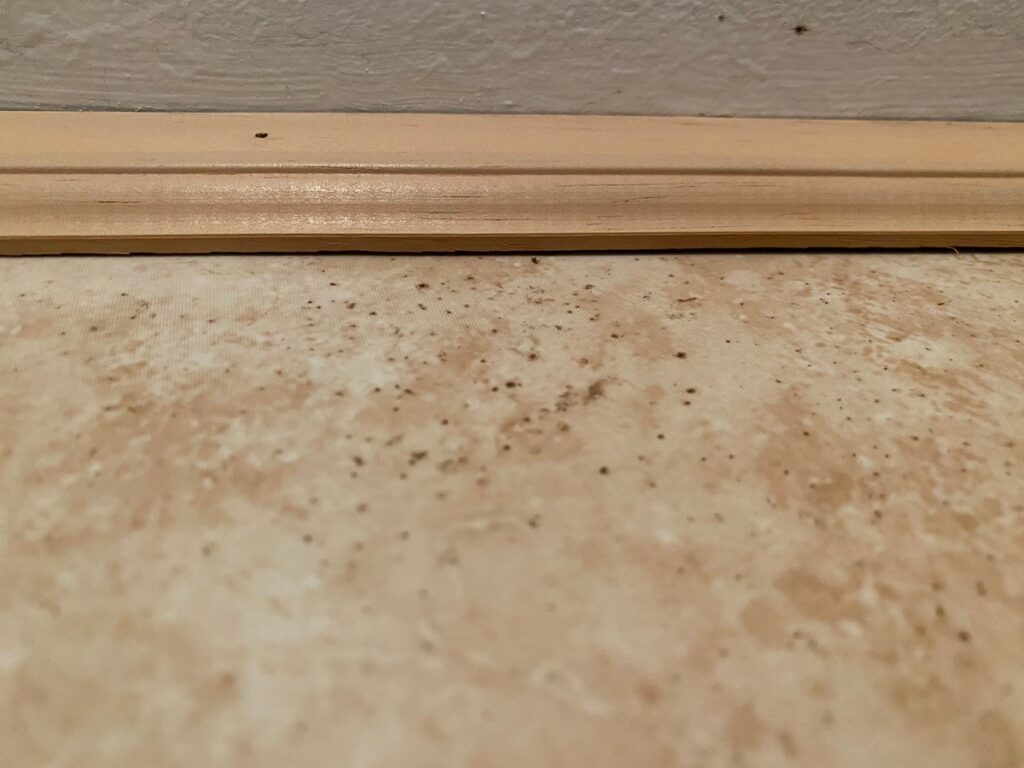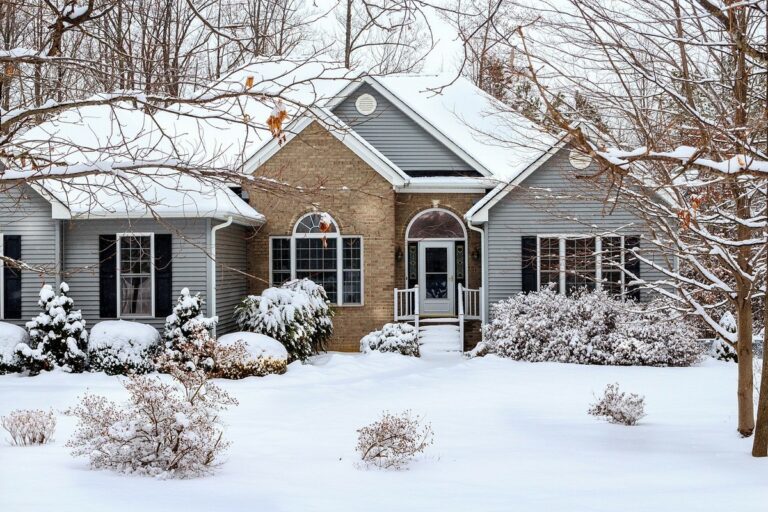Question: How can I tell the difference between mold and mildew, and should I be worried?
Do you have darkened, discolored spots growing around your walls, ceilings, or floors?
These spots could be the growth of mold and/or mildew. They can be found on walls and areas of your home that are damp and don’t get a lot of sunlight. If left untreated, these spots might be harmful to you and your family’s health and can affect the resale value of your home.
In this blog post, we will discuss how to determine if you have mold or mildew, what might be your health concerns, and how you can remove these unsightly spots from your home.
How to Identify Mold from Mildew
Many people wonder what the difference is between mold and mildew. Both mold and mildew are fungi that most easily grow in moist, humid, dark locations where the temperature is mild (between 60 and 80 degrees Fahrenheit). They live and feed on dead organic matter such as wallpaper glue, paper, textiles, and wood. So this is why you commonly find mold and mildew on walls and bathtubs that are not regularly occupied.
Identifying if you have mold and mildew is important so that the correct treatment can be performed.
How to Identify Mold

Mold’s appearance can be darker shades of black, green, and red (it can be mistaken for dirt). Mold can smell strong and musty. It is raised and fuzzy, and grows into surfaces causing potential property damage. You can commonly find mold on warped, cracked, or peeled materials. If you pour a drop of bleach on the mold, it will lighten in color in about two minutes.
Mold can cause several significant health concerns. Mold produces tiny spores that can act as allergens, cause asthma attacks, and cause serious lung infections. It is especially dangerous for the elderly, very young children, expectant mothers, and those with chronic respiratory concerns.
How to Identify Mildew

Mildew’s early appearance is white or gray then turns light brown, is flat and powdery appearing in small dots, remains on surfaces, and can smell quite foul. You can commonly find mildew in your shower and bathtub, or on the pages of books. Health concerns can be less significant such as minor respiratory issues.
How to Prevent Mold & Mildew
- For the prevention of mold and mildew, monitor moisture levels in your home and control the levels if necessary. A moisture meter is helpful. You can find moisture meters on Amazon or at your local hardware store like Lowe’s. It is recommended that humidity be between 30-50%.
- Consider using a dehumidifier and increasing ventilation during warm humid temperatures.
- Inspect cracked masonry, flashing, roofs, windows, and pipes for possible leaks and sources of moisture.
- Increase airflow in more humid rooms such as the laundry area, kitchens, basements, etc.
- If you immediately notice a source of moisture, attempt to bring dryness to the area within 48 hours.
How to Remove Mold or Mildew
When cleaning mold or mildew make sure to wear respiratory protection, appropriate gloves, and eye protection.
Cleaning Mildew
After preparing yourself with personal protective equipment (PPE), areas can be cleaned by scrubbing with a disposable brush, sponge, or rag using bleach and water solution, mild detergent, or a household cleaner. Dispose of PPE and cleaning items used.
Cleaning Mold
Small areas can be reasonably cleaned (refer to the cleaning mildew notes above). However, for larger areas, it is recommended that you seek professional recommendations. Mold can grow and harm surfaces that extend deeper into your home’s foundation. An evaluation and determination by an expert would be wise before treatment, as it is possible for large mold growth to be more harmful to the health of you, your family, and your property.
Conclusion
Addressing either mold or mildew issues is of great benefit to all homeowners. You should investigate any suspicions of mold or mildew immediately. For health reasons alone, not to mention the potential effects on your home’s resell value, it is wise to self-inspect or hire a specialist to inspect your home for potential issues and immediately fix any problems to maintain the value and integrity of your property.
John Norlin and the All Points Home Inspection team can help make sure your home and appliances are in tip-top shape. Check out all our Primary Home Inspection Areas to learn more.
SOURCES
https://www.amazon.com/s?k=moisture+meter+for+walls
https://epi.dph.ncdhhs.gov/oee/mold/grow.html
https://www.epa.gov/mold/what-difference-between-mold-and-mildew




